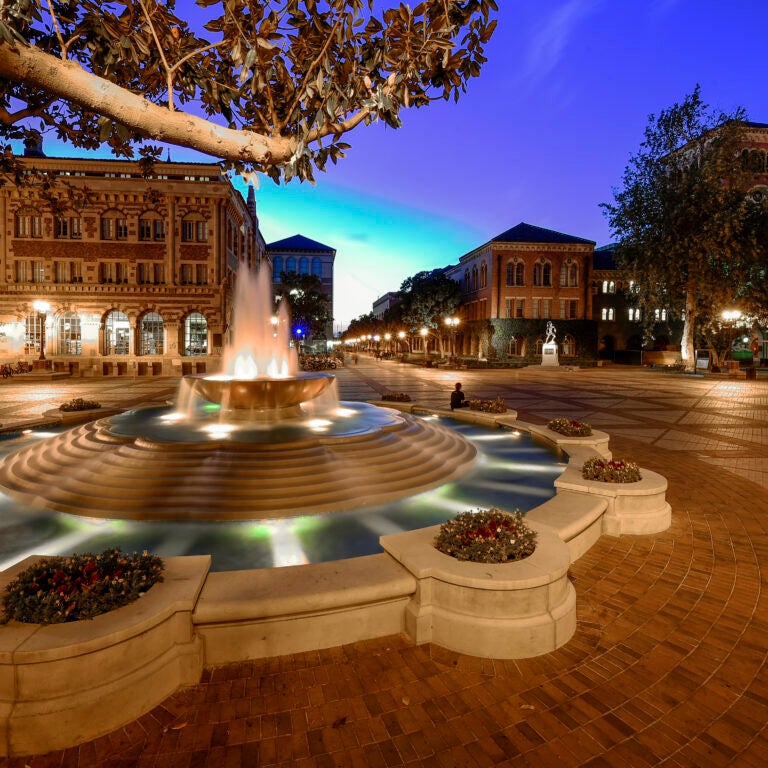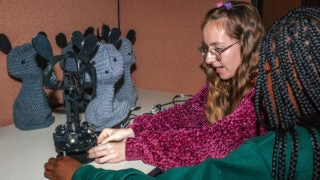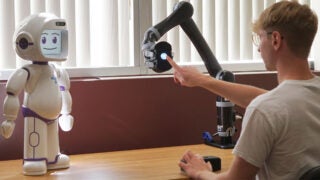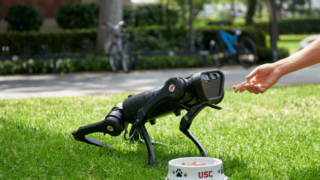USC joins six other top research schools and NASA to teach doglike robots to navigate craters and other challenging surfaces.
Robotics
News Listing
USC researchers have created a low-cost learning kit to help high school and college students build and customize their own small robot.
A new robotic tool developed by a team of experts in computer science and biokinesiology could help stroke survivors more accurately track their recovery progress.
Somil Bansal and Feifei Qian share some commonalities in their work, which has earned them national recognition.
COMMENCEMENT: Chris Birmingham was inspired by his own health crisis.
People automatically understand the steps in some processes. (Raking leaves? Get a trash can.) Two Trojans explain why robots need the same skills they’re going to be truly collaborative helpers.
A robotic dog is a paws-itively worthy successor to George Tirebiter.
Mohammad Rostami of USC Viterbi’s Information Sciences Institute studies how to teach machines to learn without any supervision.
Experts at the USC Information Sciences Institute are working to make machines that can engage in conversations the way humans do.
When USC’s Information Sciences Institute launched in 1972, the video game, pocket calculator and floppy disk were new and the internet as we know it did not exist. What will the next 50 years bring?









